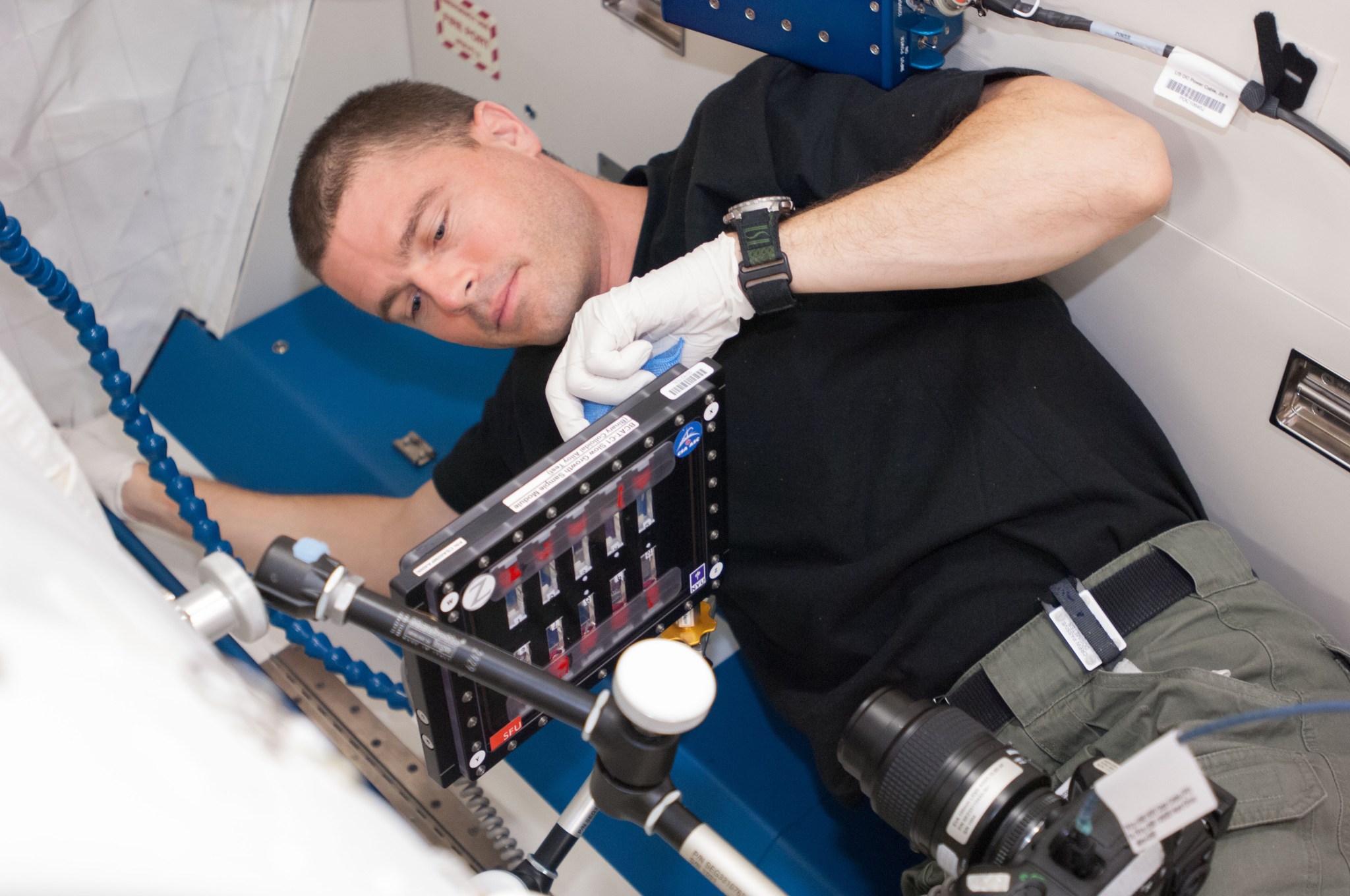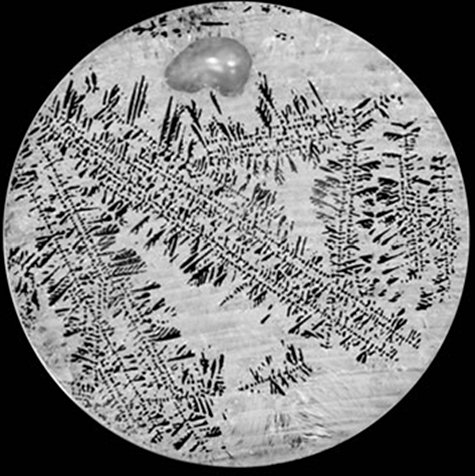A new approach to materials science research called MaterialsLab provides an unprecedented level of collaboration among stakeholders performing research on the International Space Station, a unique orbiting laboratory where advanced materials can be studied and used to stimulate the U.S. economy.
With each space station investigation, scientists better understand the physical and chemical properties of materials, gaining unique insights on how they develop and behave without gravity affecting the results. The MaterialsLab approach enhances the way researchers in government, industry and academia develop investigations and share information.

“We’re creating a new opportunity to develop materials experiments in space that makes it easier for scientists to conduct these investigations and share their research and data widely with the scientific community,” said Marshall Porterfield, NASA’s director of Space Life and Physical Sciences in the agency’s Human Exploration and Operations Mission Directorate at NASA Headquarters in Washington. “The Open Science concept allows multiple researchers around the world the ability to access data from station experiments and build on each other’s work.”
A recently signed Memorandum of Understanding between NASA and the National Institute of Standards and Technology (NIST) fosters collaboration among NASA’s microgravity materials science program, the NIST Material Measurement Laboratory and the multi-agency Materials Genome Initiative.
“Our partnership with NASA enables one of the key goals of the MaterialsLab concept, which is to transfer federally developed materials-related research and technology to industry,” said Laurie Locascio, director of the NIST Material Measurement Laboratory. “Both NASA and NIST want to accelerate the discovery, manufacture, and deployment of advanced materials on the International Space Station and promote U.S. innovation and industrial competitiveness.”

With MaterialsLab, NASA is changing the way scientists conduct research by adding a slight twist: space station materials research will aim to solve engineering problems that relate to space travel and target a specific outcome or address a materials problem challenge identified by industry.
“We want to conduct new investigations that fulfill a specific industry need or could lead to a new commercial application,” said John Vickers, manager of NASA’s National Center for Advanced Manufacturing at the Marshall Space Flight Center in Huntsville, Alabama. “If the automobile industry is having a problem with a specific material, we may be able to study that material on the station and get an answer that they couldn’t obtain through ground-based research. We are not only learning about the material but also providing valuable data that immediately affects companies and consumers on Earth.”
Through MaterialsLab, NASA is changing the way scientists share data and even their approach to proposing experiments. “It should be easy for investigators to access current data from experiments and use it to determine if there are gaps in knowledge that can be addressed with new investigations,” Porterfield said.
MaterialsLab shares data from past and present space station experiments through NASA’s Physical Sciences Informatics — a resource for processing and sorting data from physical science experiments performed aboard the space station. The goal is to promote an open access approach to scientific data analysis and potentially become a gateway to hundreds of new, station-based scientific investigations. Sharing these findings in a comprehensive and open source system while building upon the stored knowledge has the potential to drive advances in materials science at a faster pace.
NASA and NIST will prove the model for the MaterialsLab project by collaborating to facilitate the exchange of information and experimental data, enabling and accelerating the application of the results of materials research conducted on the space station.
Stephanie Schierholz
Headquarters, Washington
202-358-1100
stephanie.schierholz@nasa.gov
Tracy McMahan
Marshall Space Flight Center, Huntsville, Ala.
256-544-0034
Tracy.Mcmahan@nasa.gov
Dan Huot
Johnson Space Center, Houston
281-483-5111
daniel.g.huot@nasa.gov

























